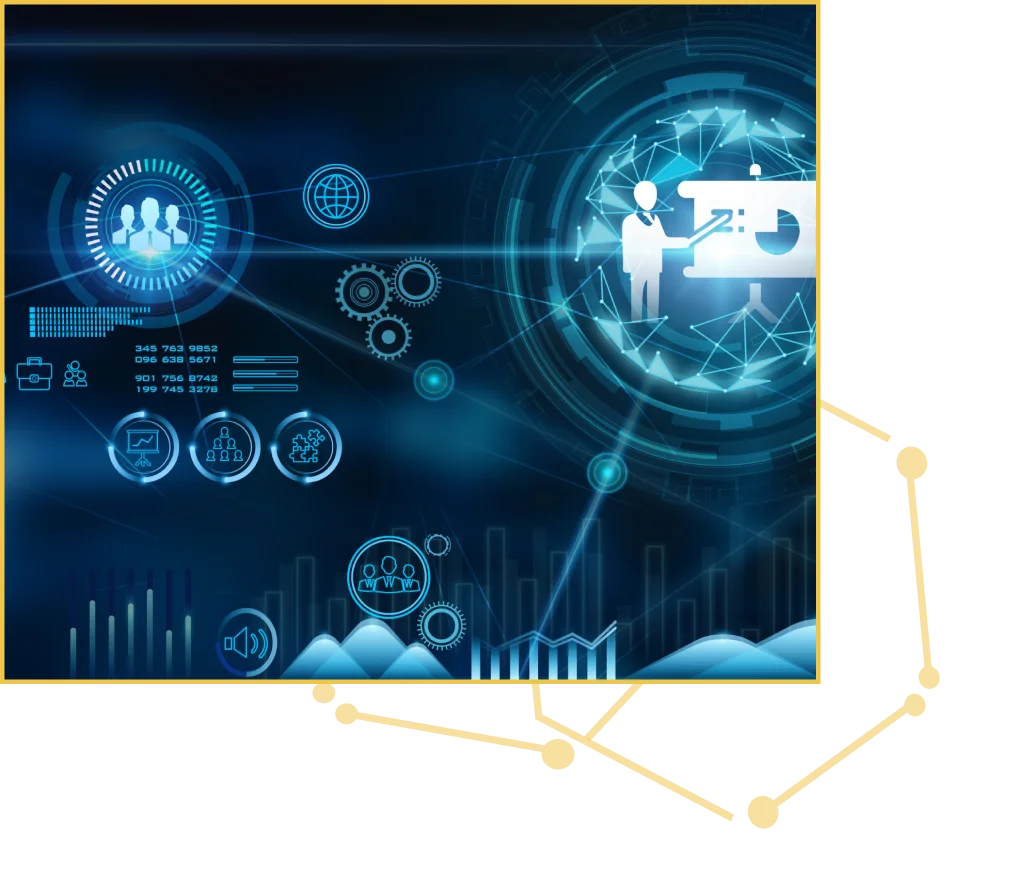
- Home
- / What we do
- / Case Study 1
Successful Cloud Learning Management System (LMS) Migration for CMS
- Client: Centers for Medicare & Medicaid Services (CMS)
- Project Duration: 8 months
- Sector: Government, Healthcare
Overview
Challenges

- Technology Obsolescence: The Learning Management System (LMS) heavily relied on Adobe Flash, a technology that was being phased out across the industry. As a result, completing the project before its discontinuation was critical to ensuring uninterrupted service for all users. Transitioning to more modern and compatible technologies was necessary to future-proof the system and maintain its functionality.
- User Impact: With approximately 15,000 LMS users relying on the platform for their training and educational needs, minimizing disruption during the migration process was vital. Careful planning and communication strategies were implemented to ensure that users were kept informed and supported throughout the transition, thereby preserving their learning experience.
- Data Integrity: Securing and ensuring the complete migration of sensitive user training data was paramount. This involved meticulously verifying that all user information, progress records, and training materials were accurately transferred to the new system, safeguarding against data loss or corruption that could affect users’ ongoing training.
- Tight Deadline: The fixed deadline imposed an additional layer of urgency to the project, requiring the team to engage in effective project management and precise coordination. This included setting clear milestones, allocating resources efficiently, and fostering collaboration among team members to ensure that each phase of the migration was completed on time and to a high standard.
Approach
By leading the collaboration between the technical team and stakeholders, the project successfully achieved its goals within a tight timeframe. Effective leadership and a strategic vision were crucial in advancing the project, employing the following strategies:
- Data Migration and Integrity: A carefully planned 25-day data freeze was established to facilitate the secure transfer of user data. This critical step ensured that no information would be lost during the transition. To further enhance data integrity, Michelle’s team implemented delta data scripts, which dynamically captured ongoing user activity throughout this period. This proactive measure safeguarded against the loss of valuable training records and ensured a seamless transition for all users involved.
- Stakeholder Communication: As the primary liaison between CMS and external stakeholders, open lines of communication were maintained by the team, actively engaging with all parties involved. Regular updates and check-ins ensured alignment throughout the project, significantly reducing the chances of miscommunication or misunderstandings. This strategic approach not only helped avoid gaps and redundancies but also fostered an atmosphere of trust and collaboration, which was vital for the project’s success.
- Seamless User Experience: The new cloud-based Learning Management System (LMS) was designed to preserve the look and feel of the legacy system, minimizing disruption for users during the transition. Thoughtful integration with critical components such as LDAP for user authentication, HR Connectors for personnel data, SCORM for e-learning content, and the Content Management System for easy content updates ensured that users could navigate the new platform effortlessly, maintaining productivity and minimizing any learning curve.
- Agile Cloud Environment: By adopting an agile approach, the team was able to remain flexible and responsive, addressing challenges in real-time without negatively affecting the users’ experience. This adaptability proved invaluable during the migration process. Post-migration, the system exhibited enhanced performance, showcasing faster page loads and more efficient processing capabilities. This not only improved user satisfaction but also contributed to overall organizational effectiveness, demonstrating the success of the agile methodology in action.

Outcomes

Successful Migration: The team completed the migration by its deadline, effectively mitigating the risks associated with Adobe Flash’s discontinuation.

Operational Efficiencies: Users experienced significantly improved system performance, characterized by faster response times and reduced CPU load.

Cost Savings: The migration resulted in a decreased server footprint, leading to substantial savings in hardware and energy costs.

Improved Continuity of Support: Transitioning to the cloud afforded CMS greater flexibility and scalability, allowing the system to adapt to future needs.
If you need assistance with your LMS implementation, reach out to Human Computing today!

Human Computing is a woman-led and veteran-owned small business
certified by the SBA.

Company Details
Cage Code: 8CQP9
Unique Entity ID: TJF9TU1KVUR1
Duns Number: 043686797
Business Designations Certifications:
Veteran Owned Small Business Enterprise(VSBE) Program
Primary NAICS:
